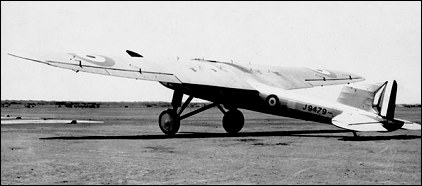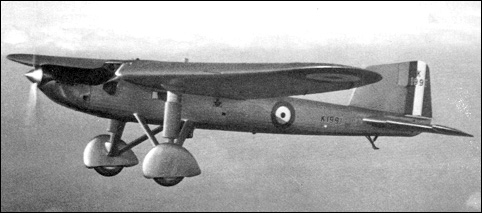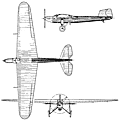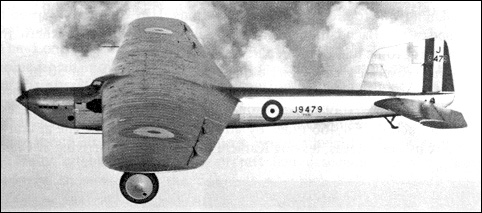 |
Fairey Long Range Monoplane1928 |  |
| LONG-RANGE AIRCRAFT | Virtual Aircraft Museum / United Kingdom / Fairey |
 |
In 1926 a proposal was made that the RAF should attempt a non-stop flight to India. This would not only be operationally significant, but enormously prestigious to the service if successful. It would at the same time establish a new world long-distance record. The chosen vehicle for this attempt was the Hawker Horsley, then entering RAF service as a day and torpedo-bomber. A production example was modified with strengthened landing gear to carry the additional weight of an extra 3,955 litres of fuel accommodated in new wing and fuselage tanks. On 20 May 1927 Flt Lieut C. R. Carr (later Air Marshal Sir Roderick) and Flt Lieut L. E. M. Gillman took off for India, only to be forced down in the Persian Gulf after completing 5,504km: a new long-distance record that was beaten in less than 24 hours when Charles Lindbergh landed at Paris after his 5,778km solo flight across the North Atlantic. Two later but unsuccessful attempts were made with the Horsley. Consequently the Air Ministry decided to obtain a purpose-built long-range aircraft to make a new attack on the record: the Fairey Long-Range Monoplane was the result. A clean, high-wing cantilever monoplane of low wing loading, it was of composite construction and fabric-covered. The high-efficiency wing, which incorporated a triangulated-tube internal bracing system devised by Hollis Williams, also contained tanks for more than 4,546 litres of fuel. In this aircraft (J9479) Sqd Ldr A. G.Jones-Williams and Flt Lieut N. H. Jenkins flew from Cranwell, Lincolnshire to Karachi, recording the first non-stop flight between Britain and India, but failing to beat the world long-distance record. This aircraft was lost in a second long-range attempt, resulting in the construction of a new aircraft which differed only in detail and by the addition of an autopilot.
In this, during the period 6-8 February 1933, Sqd Ldr Gayford (with Flt Lieut G. E. Nicholetts as navigator) flew non-stop from Cranwell to Walvis Bay, South West Africa, creating a world long-distance record of 8,544km. Such was the speed of progress that only six months later this record was captured by France.
|  COMPANY PROFILE | ||||||||||||
 |

|



